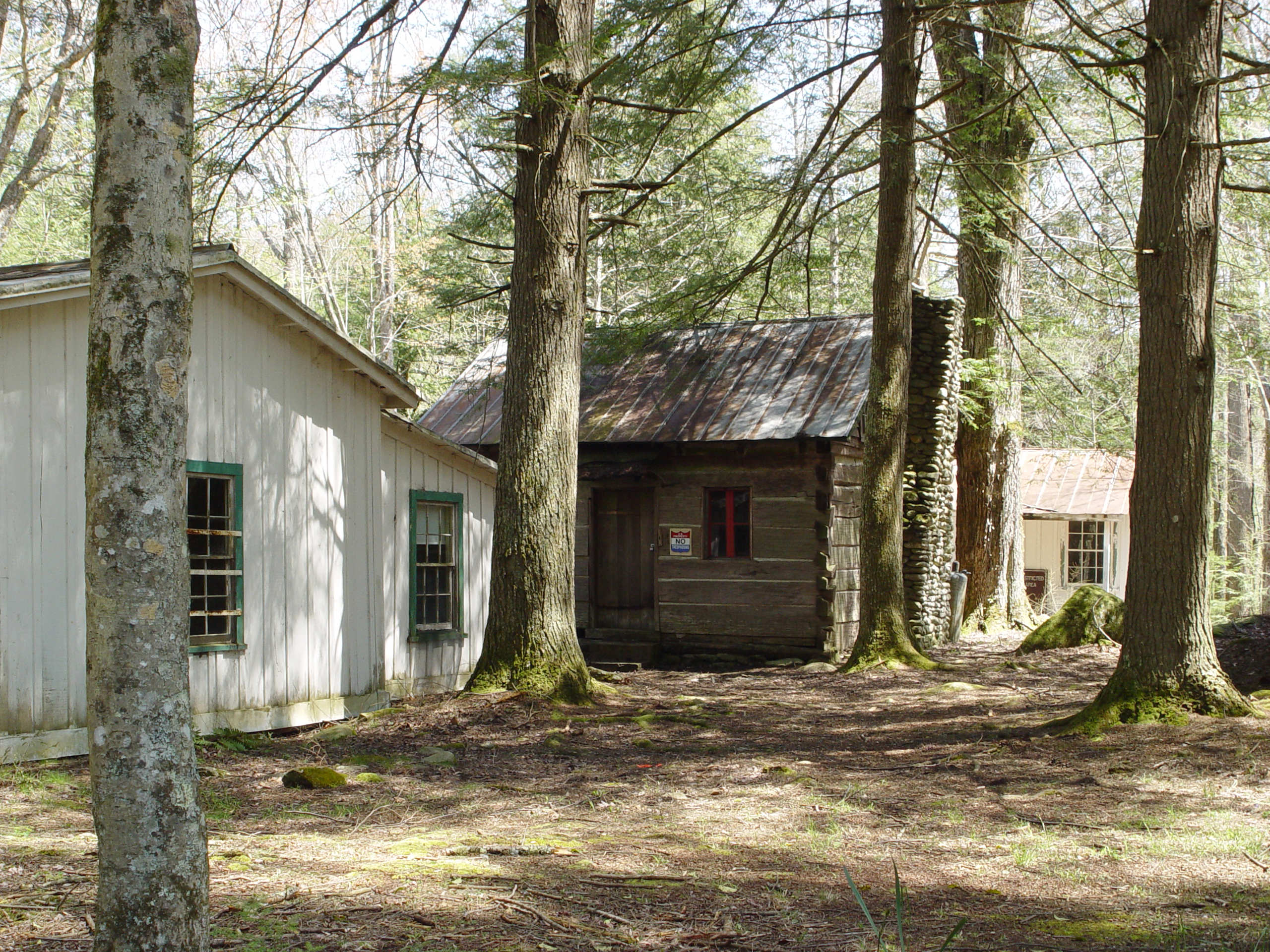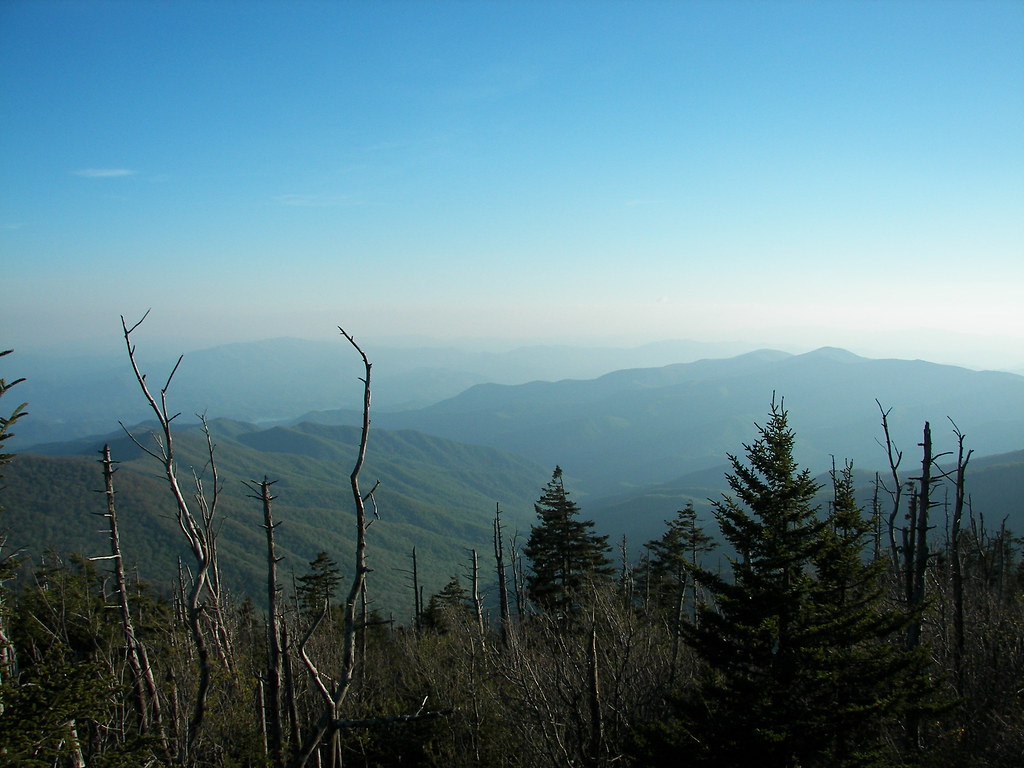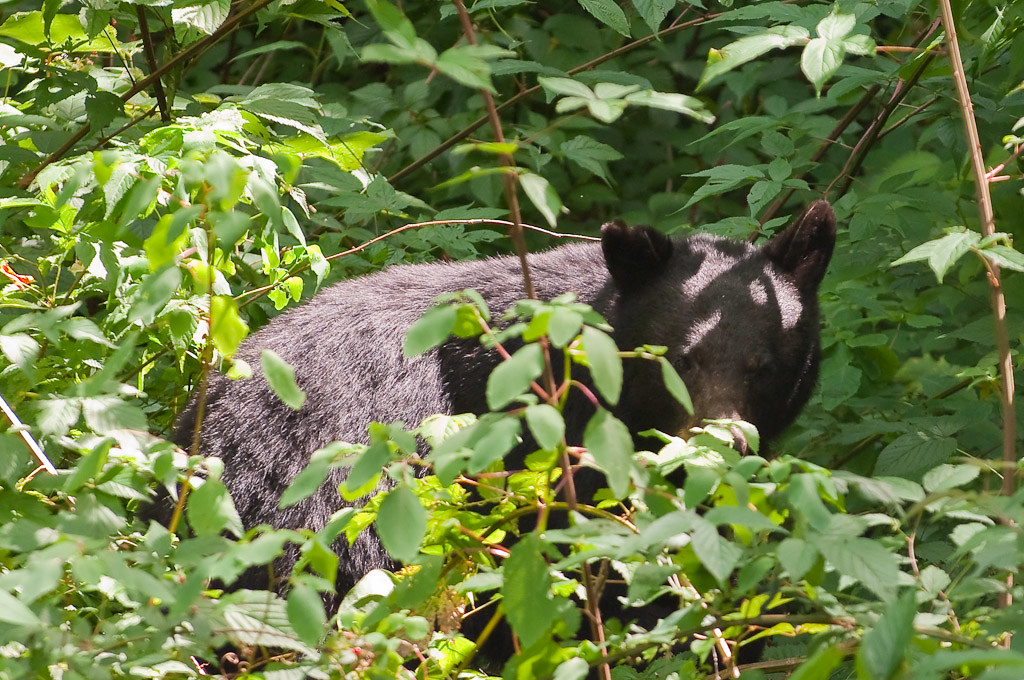Spreading across over 500,000 acres between Tennessee and North Carolina, the Great Smoky Mountains is one of America’s most stunning landscapes.
While towns like Pigeon Forge and Gatlinburg area great, they’re just a small part of what makes the mountains so “great.” Check out some of our favorite spots in the park and surrounds.
Cades Cove

The Great Smoky Mountains National Park is made up of communities that were absorbed when the land became a national park. One is Cades Cove, which was a Cherokee hunting ground before the arrival of Europeans.
A town was established in the 1800s and became home to over 200 people. Residents continued to live here until the 20th century. Many of the buildings from this time period are still standing, including log cabins, a working grist mill, and three churches.
Cataloochee Valley

This region within the Smokies, on the North Carolina side, has long been the stomping grounds of the elk population. But they were killed off by hunters in the 1800s. This area also has preserved buildings like log cabins and churches from this time.
Thankfully they’ve since been restored in the Cataloochee Valley with elk brought from Land Between the Lakes in Kentucky. They mate during the fall and can be seen roaming the fields during early morning and evening. Just remember to keep a safe distance.
Clingman’s Dome

Clingmans Dome is the highest peak in the state of Tennessee, at over 6,000 feet. Located off the Appalachian Trail, travelers can visit the 1959 observation tower for 360-degree views of the surrounding mountains.
Dolly Parton Statue

Located in downtown Sevierville, the statue of Dolly Parton in front of the courthouse honors the region’s most notable resident. She grew up nearby on a farm with her large family.
But after high school, she moved to Nashville and became one of country music’s most iconic performers. Her rise to fame started on the Porter Wagoner show. She’s gone on to win countless awards and enjoy a crossover career in acting.
Elkmont Ghost Town

The community of Elkmont was one of the towns absorbed by the national park. It was first settled in the 1800s as a company town for Little River Lumber.
The population increased in the next few years, leading to the creation of houses, a church, a school, and a general store. People started to come from Knoxville and other communities to stay in rental cabins and a hotel that was built.
Tourism decreased but one of the hotels continued to operate until the 1990s. Today, most of the buildings are vacant and crumbling until plans are made to turn them into a museum.
Laurel Falls, Abram Falls, & The Sinks

The Great Smoky Mountains have many incredible waterfalls, many just off the main roads. Laurel Falls is one of the most popular stops, located four miles from the Sugarlands Visitor’s Center. It features 80 feet of cascading water.
Abram Falls is 20 feet high but has a large pool at its base. Swimming isn’t recommended because of the dangerous undertow. It’s accessible via a 5-mile loop trail from Cades Cove.
The Sinks is a popular spot near the Sugarlands Visitor’s Center with rushing water that flows into natural pools. Like with Abram Falls, swimming is dangerous here and drownings have occurred.
Mt. LeConte and Alum Cave

Mount LeConte is one of the highest points in the park after Clingman’s Dome. At the top is LeConte Lodge, one of the best places to disconnect. The backcountry lodge is open seasonally and only accessible by the trail.
One of the popular routes is the Alum Cave Trail, which is named for the cave that was discovered in the 1800s for its salt deposits. The trail itself is steep and rocky.
Newfound Gap

Newfound Gap is a mountain pass where the Appalachian Trail crosses through, originally used as a Cherokee trading route. It was later used by Confederate troops during the Civil War.
Today it’s a hub for hiking trails. It’s also the site of the Rockefeller Memorial where President Roosevelt dedicated the national park in 1940.
Oconaluftee Valley

Oconaluftee Valley is near the town of Cherokee, the ancestral homelands of the Native American tribe. The Oconaluftee Visitor’s Center interprets this time period.
Mingus Mill, an 1800s sawmill, and the Mountain Farm Museum have historic buildings from the pioneer days. The Oconaluftee Indian Village has historic interpreters that cover the Native American history before the Trail of Tears.
Roaring Fork Motor Trail

The Smokies has many scenic drives, but the Roaring Fork Motor Trail is a favorite, running 5.5 miles through the land south of Gatlinburg.
The winding curves and turnoffs allow visitors to see the waterfalls and historic mills that run alongside it. Trails lead to nature overlooks and lead to glimpses of the plant life and maybe even the black bears that inhabit the park.
The Road to Nowhere

Accessible from Bryson City and the North Carolina entrance to the park, the Road to Nowhere is a reminder of the people displaced during the 1930s creation of the national park and Fontana Dam.
The government promised a new road so that residents could access family cemeteries. But a road was built only six miles into the park before construction halted. A long graffiti-covered tunnel is all that remains of a once-thriving community.
The Tail of the Dragon

Also on the North Carolina side is Deals Gap and the Tail of the Dragon. The popular driving route’s name comes from the 318 curves within 11 miles. A silver dragon marks the road’s start.
Motorcyclists in particular love the drive but accidents are common. Helmets are recommended and novice bikers might want to skip this one.
PIN IT



Leave a Reply